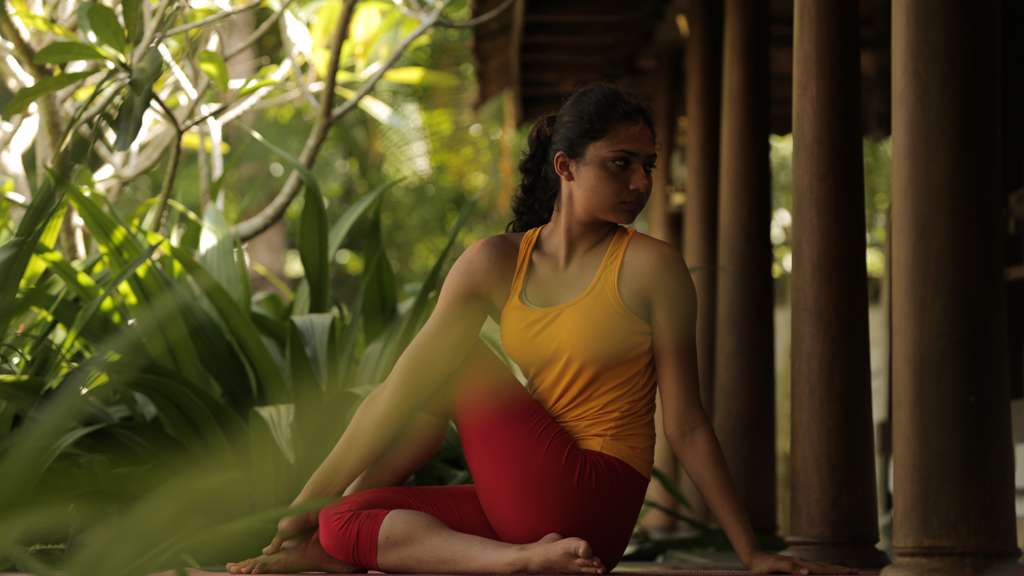


Traditional forms of Hatha yoga laid some emphasis on the metaphysical concept of energy. One such belief is that of “chakras” - focal points in the human body where energy is concentrated. Another such concept is the “mudra”. Mudras are hand gestures that are supposed to direct the flow of energy.
While mudras and chakras might take their origin from multiple faiths such as Buddhism, Hinduism and Jainism, they are now secular practices. In fact, mudras are today incorporated into Hatha yoga to stimulate various parts of the body.
With its emphasis on the practice of asanas, Hatha yoga attempts to nurture a sense of balance in the individual. The asanas of Hatha yoga are done in standing, sitting and reclining postures. There are more complex postures as well. Taken together, these asanas focus on instilling balance. The idea of balance is said to have been derived from the word “hatha” itself. “Ha” denotes the sun while “tha” denotes the moon. The coming together of these celestial bodies signifies cosmic balance.
Hatha yoga believes that in achieving balance, individuals begin to understand their own beings better. The aim of Hatha yoga is to further the power of the body as an instrument of realisation. The body is no longer seen as the mortal coil that limits the individual’s vision.
The impact of the practice of Hatha yoga on mental health is also recognised. This is another reason why the practice of pranayama and pratyahara have been inculcated by many modern schools of yoga including Hatha yoga. In many Western countries, Hatha yoga is seen as a form of physical exercise. Today, yoga is commonly understood as a secular physical discipline. For instance, even practitioners of Hatha yoga don’t focus on the religious or cultural fabric that the discipline was once a part of.
Internationally, the modern school of Hatha yoga has been accepted so unequivocally that it is most often just referred to as “yoga”.